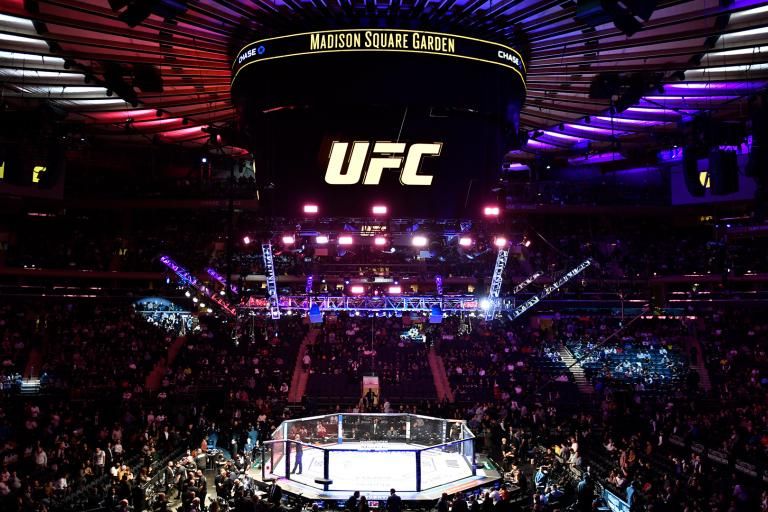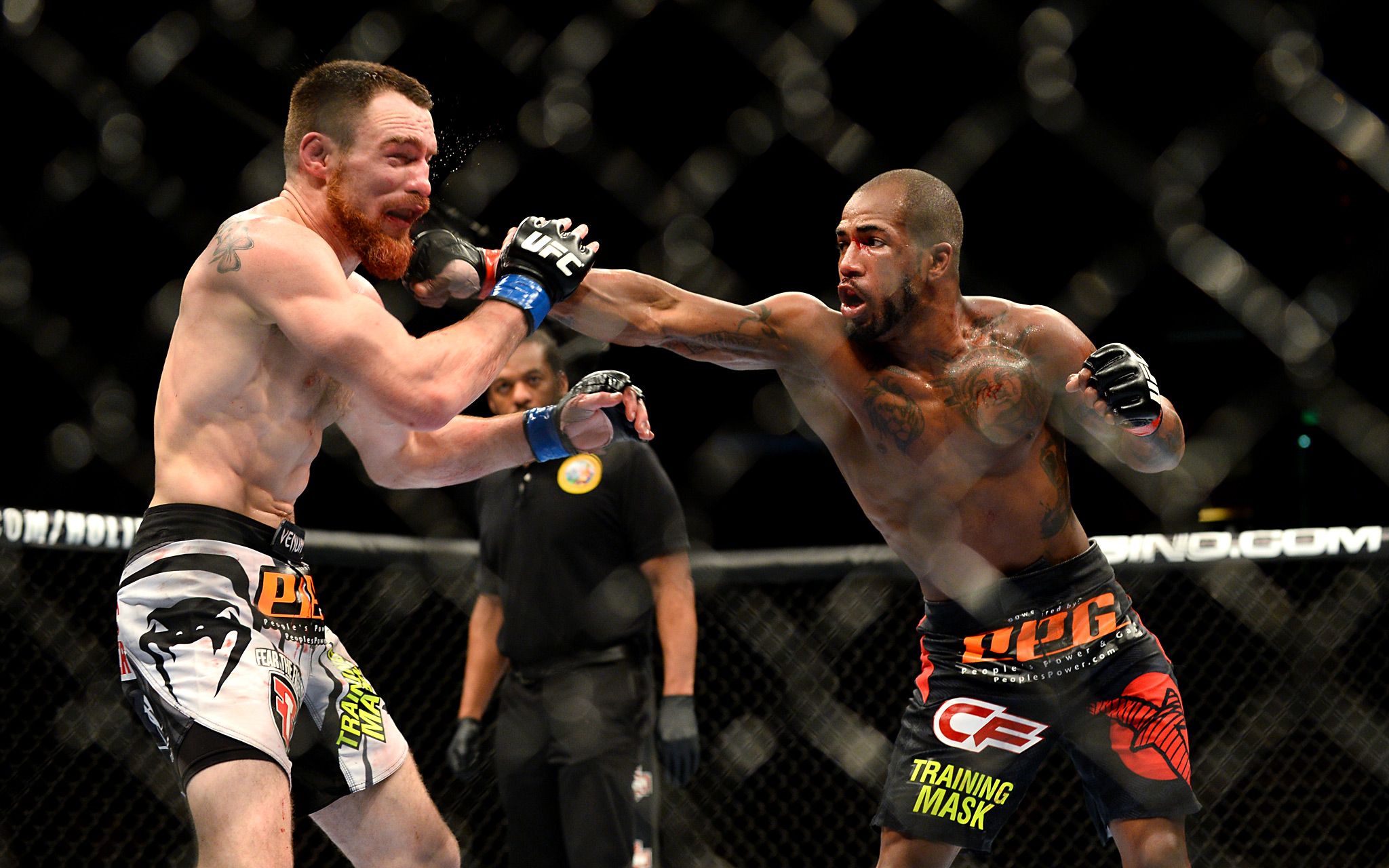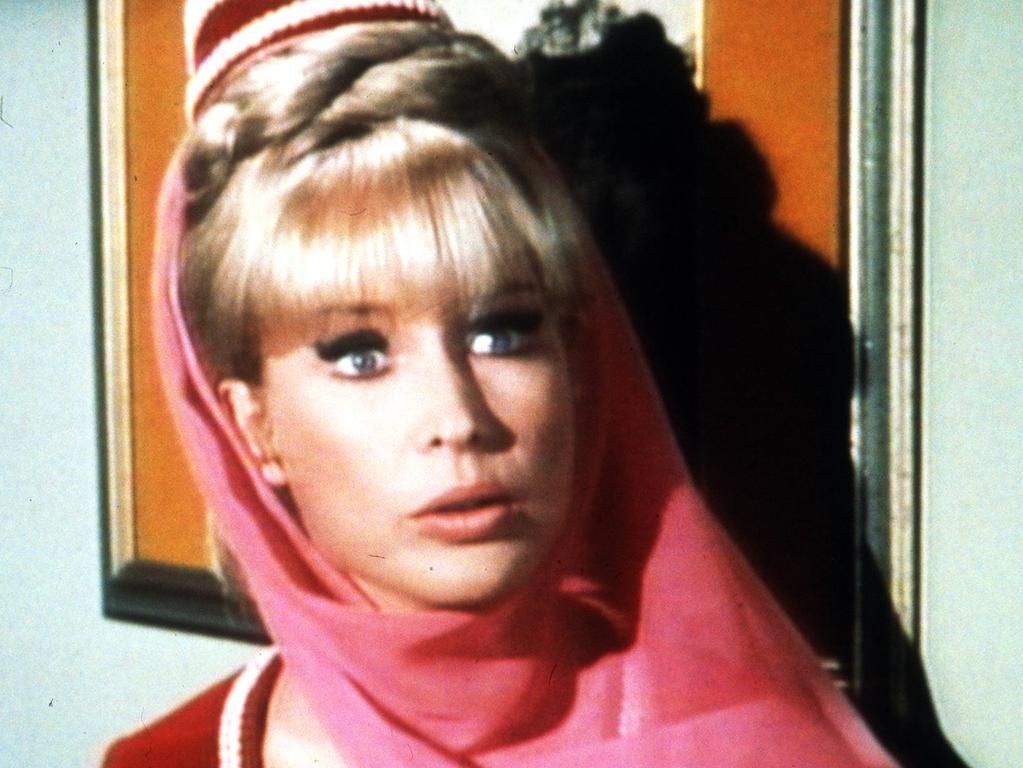
The landscape of combat sports broadcasting is poised for a monumental shift, as the Ultimate Fighting Championship (UFC) has struck an astounding seven-year, $7.7 billion agreement with Paramount and CBS. Commencing in 2026, this landmark deal is set to redefine how mixed martial arts (MMA) content is consumed in the United States, fundamentally altering the traditional pay-per-view (PPV) model that has long defined premium fight access. This strategic alignment underscores a bold new chapter for the UFC, cementing its position among the world’s elite sports properties and offering unprecedented affordability and reach for its dedicated fanbase.
Under the terms of this expansive contract, all UFC events, encompassing both the highly anticipated 13 numbered shows and the 30 action-packed Fight Nights, will be seamlessly integrated into a standard Paramount+ subscription. For the first time ever, American fans will gain access to the full spectrum of UFC content without the additional cost of a pay-per-view purchase. Furthermore, select numbered events are slated for simulcast on CBS, Paramount’s flagship network, significantly amplifying the sport’s exposure to a broader audience.
This pivotal transition marks the end of an era characterized by the “double paywall” that many fans found increasingly burdensome. Under UFC’s preceding rights deal with ESPN, premium events were exclusively available via pay-per-view, necessitating an ESPN+ subscription coupled with an additional $79.99 fee for each major fight card. This model will persist through 2025, meaning fans wishing to view events like UFC 319 will still adhere to the existing structure.

However, come 2026, the barrier to entry will be dramatically lowered. A Paramount+ subscription, ranging from $7.99 to $12.99 per month depending on the plan, will unlock the entire UFC fight library. Mark Shapiro, President and Chief Operating Officer of TKO Group, the parent company of UFC, articulated the urgent need for this change, stating in an interview with Forbes that “The double paywall had gotten out of control.” He elaborated on the issue, noting, “We were seeing piracy number up tenfold, which is what you see for big boxing pay-per-views,” highlighting the growing challenge of illicit streaming as content prices climbed.
From the UFC’s perspective, this deal is a powerful statement of its global stature and strategic ambition. UFC President Dana White enthusiastically confirmed the move on Instagram, declaring that it “puts UFC amongst the biggest sports in the world.” He further elaborated on the profound benefits, stating, “This historic deal with Paramount and CBS is incredible for UFC fans and our athletes. For the first time ever, fans in the US will have access to all UFC content without a pay-per-view model, making it more affordable and accessible to view the greatest fights on a massive platform.” White underscored the exposure provided by Paramount and CBS as a “huge win for our athletes and anyone who watches and loves this sport.”
TKO Executive Chair and CEO Ariel Emanuel echoed this sentiment, describing the agreement as a “milestone moment.” Emanuel highlighted the continuous growth and expansion that has defined UFC’s journey, asserting that “this agreement is an important realization of our strategy.” He expressed confidence in Paramount CEO David Ellison’s vision, looking forward to partnering with a company that will “prioritize technology as a means to enhance storytelling and the overall viewing experience.”
For Paramount, this massive investment is a calculated strategic maneuver designed to bolster its streaming service, Paramount+, and leverage the immense drawing power of live sports. The company’s release affirmed that “This shift in distribution strategy will unlock greater accessibility and discoverability for sports fans and provide an important catalyst for driving engagement and further subscriber growth for Paramount+.” Live sports, as articulated by Paramount chairman and CEO David Ellison, are a “cornerstone of our broader strategy — driving engagement, subscriber growth and long-term loyalty.” He hailed the inclusion of UFC’s “year-round must-watch events” as a “major win,” anticipating the delivery of this premium content to millions of U.S. fans and potentially beyond.

Despite having approximately 77.7 million subscribers for Paramount+, the platform still trails significantly behind industry giants such as Netflix (300 million), Amazon Prime Video (200 million), Disney+ (150 million), and HBO Max (125 million). The acquisition of UFC rights aims to bridge this gap, attracting a substantial, highly engaged audience that can drive advertising revenue and increase Paramount’s overall market share from its current 2% of monthly TV viewing, according to Nielsen. The influx of UFC’s passionate fanbase represents a direct pathway to expanded reach and heightened platform engagement.
Financially, the $1.1 billion annual average cost of the deal positions UFC’s media rights prominently within the upper echelons of sports broadcasting. While not in the same stratosphere as the NFL’s record-setting $10 billion annual media rights deal, the UFC agreement approaches the significant valuations seen in other major U.S. leagues. To contextualize, it surpasses the NHL’s $635 million and the PGA Tour’s $700 million in annual revenue, drawing closer to the likes of Major League Baseball, which commands around $1.5 billion annually, and is competitive with March Madness and NASCAR, both earning around $1.1 billion annually. This remarkable financial jump effectively doubles the UFC’s media rights revenue compared to its previous arrangement with ESPN, which averaged around $500 million annually over five years.
For UFC fighters, this new paradigm presents a dual landscape of unprecedented exposure and persistent questions regarding compensation. The shift away from PPV events means that fights, including those on Fight Night cards, will be just “one click away for millions of Paramount+ subscribers,” and some even free on CBS. This expanded accessibility mirrors the “TUF moments” of the past, such as the iconic Forrest Griffin versus Stephan Bonnar fight on Spike in 2005, which led to widespread, spontaneous discovery and propelled fighters to stardom. This could accelerate fan followings, boost sponsorship appeal, and build crucial momentum for emerging talents, enabling them to gain recognition earlier in their careers.

However, beneath the celebratory headlines, a critical question persists concerning fighter compensation. While the deal is the richest in UFC history, delivering approximately five times the average annual value of the ESPN deal, the fighter revenue share in the UFC has historically hovered around a modest 16–20%, according to various MMA media reports and antitrust lawsuit filings. This figure stands notably below the percentages seen in many other major sports leagues. The absence of a union means that, despite the increased overall revenue, the fighters’ struggle for a more competitive share of this larger pie may simply be entering its next round.
Furthermore, the elimination of PPV buys as a direct metric of a fighter’s drawing power could alter contract negotiations. Historically, fighters who could generate significant PPV sales held considerable leverage. Without this quantifiable measure, the promotion might rely on streaming viewership data, if Paramount+ chooses to make it public. This introduces a new dynamic where some stars might find their true audience is larger than PPV numbers suggested, while others might lose a clear, hard-number basis for demonstrating their market value. UFC CEO Dana White has expressed confidence that the promotion’s strong grasp of social media will help compensate for the traditional PPV hype, keeping fans consistently engaged.

This colossal deal for UFC is also part of a broader, strategic consolidation by TKO Group. Just days before the Paramount announcement, TKO, which unified UFC and WWE under one umbrella in 2023, finalized a separate five-year, $1.6 billion deal with ESPN. This agreement ensures that WWE’s premium live events, including marquee shows like WrestleMania and SummerSlam, will air on ESPN’s new direct-to-consumer service starting next year. This simultaneous negotiation highlights TKO’s sophisticated multi-platform media strategy, capitalizing on the demand for live sports content across various networks and streaming services. Mark Shapiro revealed that TKO leadership initially considered splitting the rights, selling Fight Night events to one partner and premium numbered events to another, but ultimately negotiated the full, comprehensive deal with Paramount in a swift 48-hour period following the Skydance-Paramount merger close.
The transition to Paramount+ and CBS represents a profound shift in the UFC’s distribution strategy, aiming to make its compelling content unavoidable for subscribers while simultaneously attracting casual viewers through its free-to-air network presence. This is arguably the most ambitious media shift in the company’s history, poised to reshape the sport’s entire ecosystem. The deal makes UFC more fan-friendly and accessible than ever before, offering a singular destination for all fight content.

As the curtain rises on this new era in 2026, the potential for growth, engagement, and broader appeal for the UFC is immense. The elimination of the pay-per-view barrier marks a decisive move towards maximizing viewership and solidifying the sport’s mainstream appeal. While the immediate beneficiaries appear to be the fans and the corporate entities involved, the long-term impact on the athletes who step into the Octagon remains a vital area of observation. This bold stride by UFC and Paramount not only redefines access to premium combat sports but also sets a compelling precedent for the evolving dynamics of sports media rights, proving that innovation and accessibility are the true champions in the competitive arena of modern entertainment.



